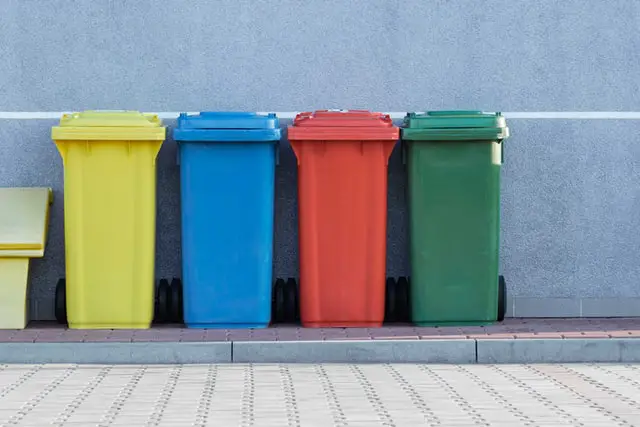Believe it or not, not everyone recycles. This means that there actually is a target audience for recycling.
The fact is that certain groups of people are more likely to recycle than others. Who are these people and why do they recycle while others do not?
In this blog post, we will discuss the target audience for recycling and what motivates them to participate in this important environmental activity.
If you’re considering starting a recycling initiative, we’ll also provide some tips on how you can increase recycling rates in your community!
Keep reading!
Who is the Target Audience for Recycling?
One of the best ways to understand the target audience of recycling is to understand why people recycle. What need do they have that makes them do their civic duty and separate their recyclables from their garbage?
What motivates them to drive to the recycling center with items like plastic, glass, paper, and aluminum cans?
The answer may surprise you – it’s not always about saving the environment. In fact, many people recycle because it saves them money. But if that is their motivation, that’s fine because as long as they recycle they will benefit the environment.
So the target audience for recycling can be split into three segments:
- People who already recycle
- People who recycle from time to time
- People who would like to recycle but don’t
- People who never recycle
Each of these people has to be attracted to recycling in different ways.
How do you Attract People to Recycle?
First and foremost, a recycling campaign needs to focus on the benefits of recycling. And we’re not just talking about environmental benefits.
Recycling also has social and economic benefits. It creates jobs, reduces pollution, conserves resources, etc. So when you’re designing your recycling campaign, make sure to focus on all the different types of benefits that recycling provides.
After all, you don’t know what is going to resonate with the different segments of the target audience for recycling. For all you know, a recycling skeptic might love the idea that recycling creates jobs and that might spur them into starting recycling.
Another important thing to consider is that recycling should be easy. If it’s difficult, people aren’t going to do it – or only the super-motivated ones will. So your recycling campaign should demonstrate how easy it is for people to recycle.
This might mean providing more recycling bins around town or making sure that all the local businesses have recycling bins for waste management.
It could also mean setting up a community recycling center where people can easily drop off their recyclables.
The bottom line is that if you want to increase recycling rates in your community, you need to make it easy and convenient for people to recycle and make sure they get the message of how easy it is.
How Can Recycling Help a Community?
One of the best ways to get people to start recycling is to show how it benefits the community.
Some of the benefits that a community can get from recycling are:
- Recycling creates jobs
- Recycling results in a clean neighborhood
- Recycling is better for the environment
- Recycling conserves resources
- Recycling promotes reusability
When people see how recycling can positively impact their community, they are more likely to be motivated to start recycling themselves.
So if you’re looking to increase recycling rates in your community, make sure to focus on the benefits of recycling and how it can help make the community a better place.
What impact can Recycling have on the Environment?
As weather patterns continue to change and we see extreme weather like we haven’t seen in hundreds of years, the effects of climate change are becoming more apparent making many people more and more interested in environmental issues.
As a result, they are also becoming more interested in recycling and its impact on the environment. This means the target audience for recycling is growing.
Recycling, after all, is one of the best ways to reduce our carbon footprint and help save the planet.
By recycling, we’re cutting down on the amount of waste that goes into landfills and incinerators. And that’s good for the environment because it reduces pollution and conserves resources.
But recycling also has a number of other environmental benefits. For example, it takes less energy to recycle aluminum than it does to mine new aluminum.
And recycling paper saves trees. In fact, for every ton of paper that’s recycled, 24 trees are saved.
By recycling plastic, new plastic doesn’t need to be made from scratch and this means less energy consumed and less raw material needed in plastic factories.
Conclusion
The target audience for recycling ranges from people who already recycle to those who never do. It includes those who are skeptical of recycling and those who understand its importance but cannot be bothered to recycle.
Recycling can help a community by creating jobs, reducing pollution, conserving resources, and in general, resulting in a cleaner, greener neighborhood.
To attract people to recycling, you should focus on the benefits that it provides to the community and to the environment. And finally, remember to make recycling easy! If it’s difficult, people won’t do it.
By following these tips, you can increase recycling rates in your community and make a difference to the environment. Thanks for reading!

